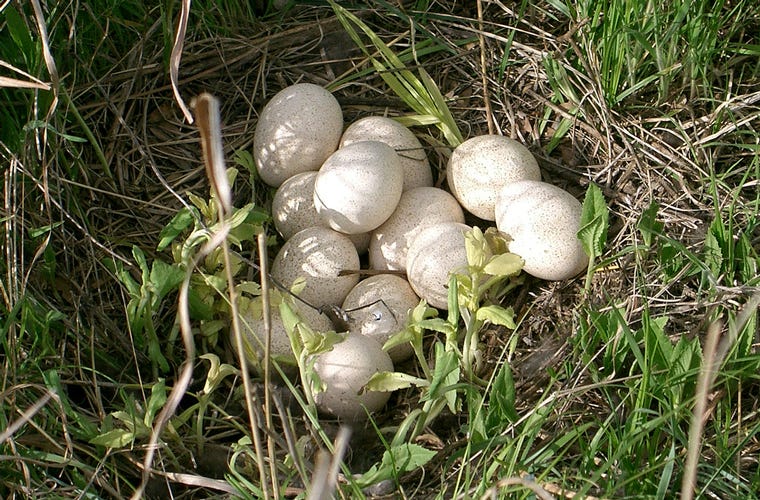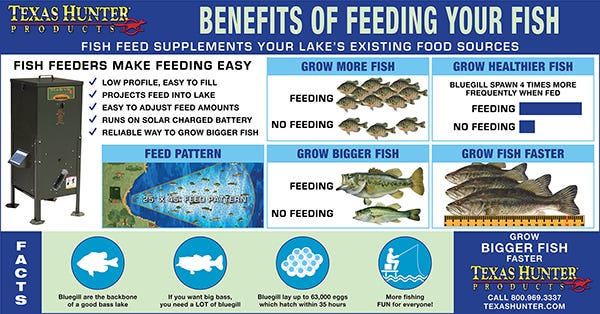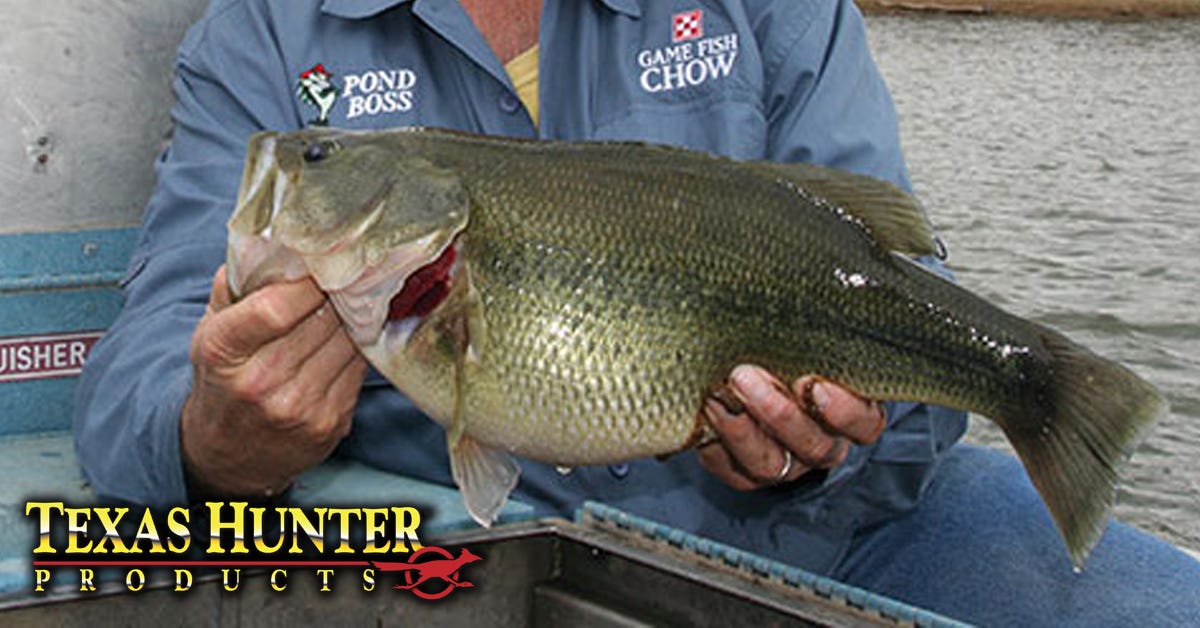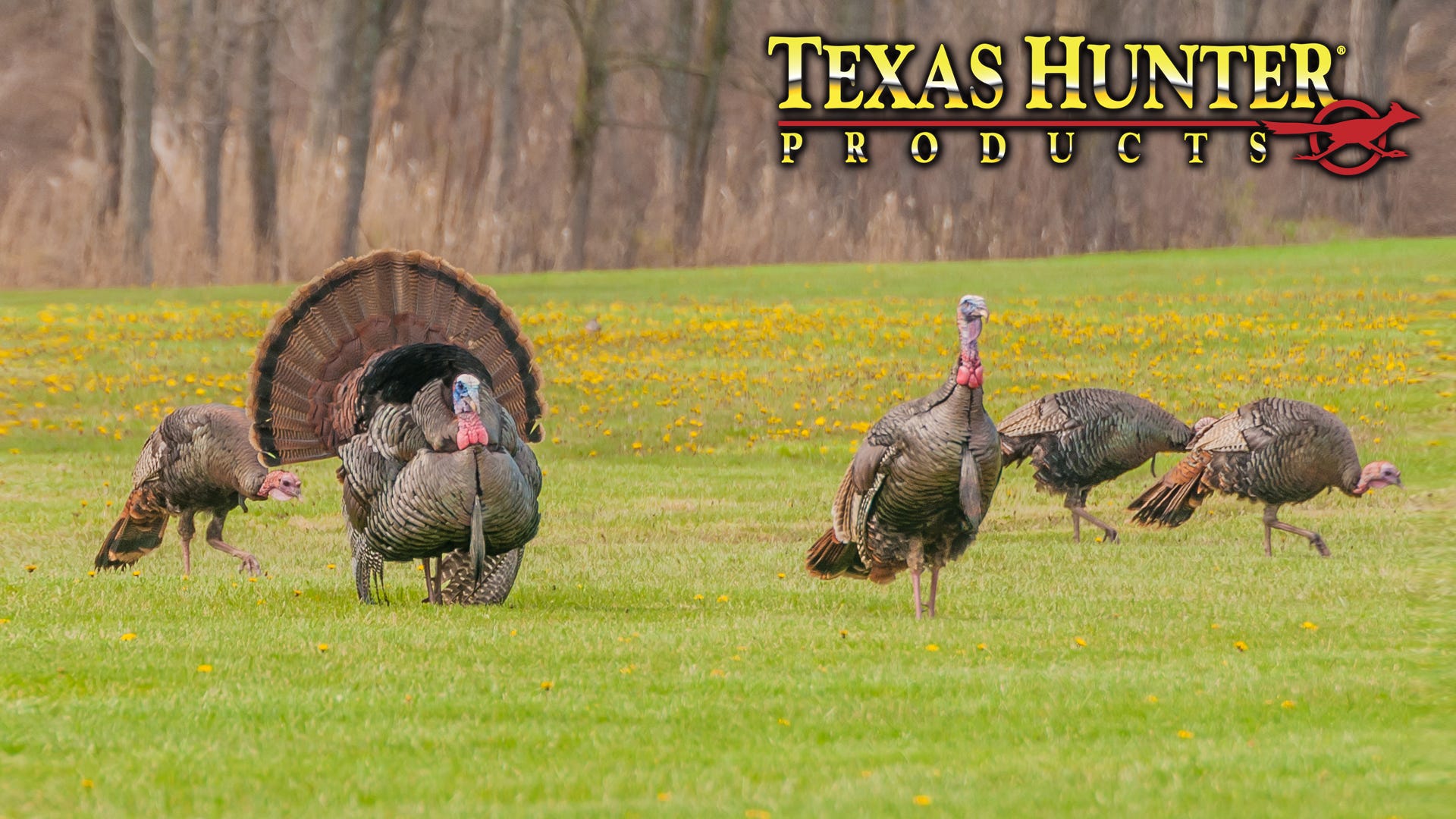- Apr 28, 2015
Nest Protection: Key to Growing Turkey Population

Nest protection is the key to your poult production this time of year. One of the best sounds in the summer as your outside walking around your property is the turkey poults doing their “kee-kee-run” trying to locate their momma hen.Hens begin to nest in late March thru April in the south and as late as May in the northern states. Turkey hens will lay one egg per day over a 2 week period and incubate them for 28 days.
The usual clutch is between 9 and 11 eggs. What’s interesting is that all the eggs in the clutch will hatch within a 24 hour period. If the weather is good, the hen will leave the nest with her new brood to start teaching them how to feed within about 24 hours of hatching. The nesting and incubation period is very critical to successful hatching. Hens will often nest in open fields that are then cut for hay or disked and the nest is destroyed.
The eggs are also heavily preyed upon by raccoons, snakes, opossums, foxes, crows, and other small mammals looking for an easy meal. Hens rarely defend their nest from predators but instead escape to ensure their own survival. Hens that lose a nest to weather, predators or machinery will often breed and nest again but generally with fewer eggs the second time around. In areas with moderate to heavy predator numbers, a late winter trapping program to remove a good number of nest predators from a piece of property can considerably increase poult survival rates.



